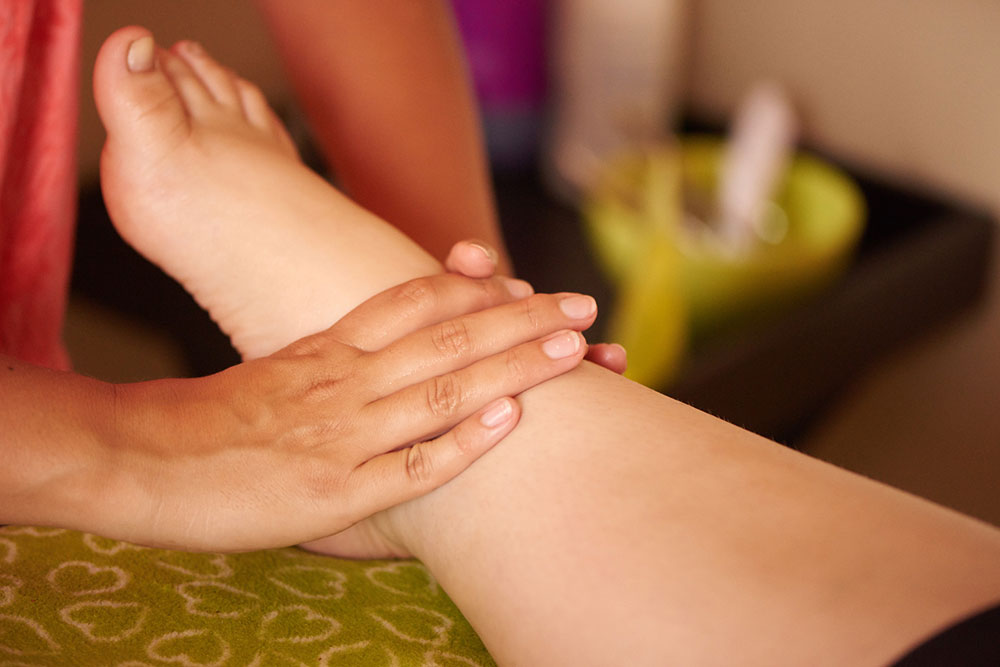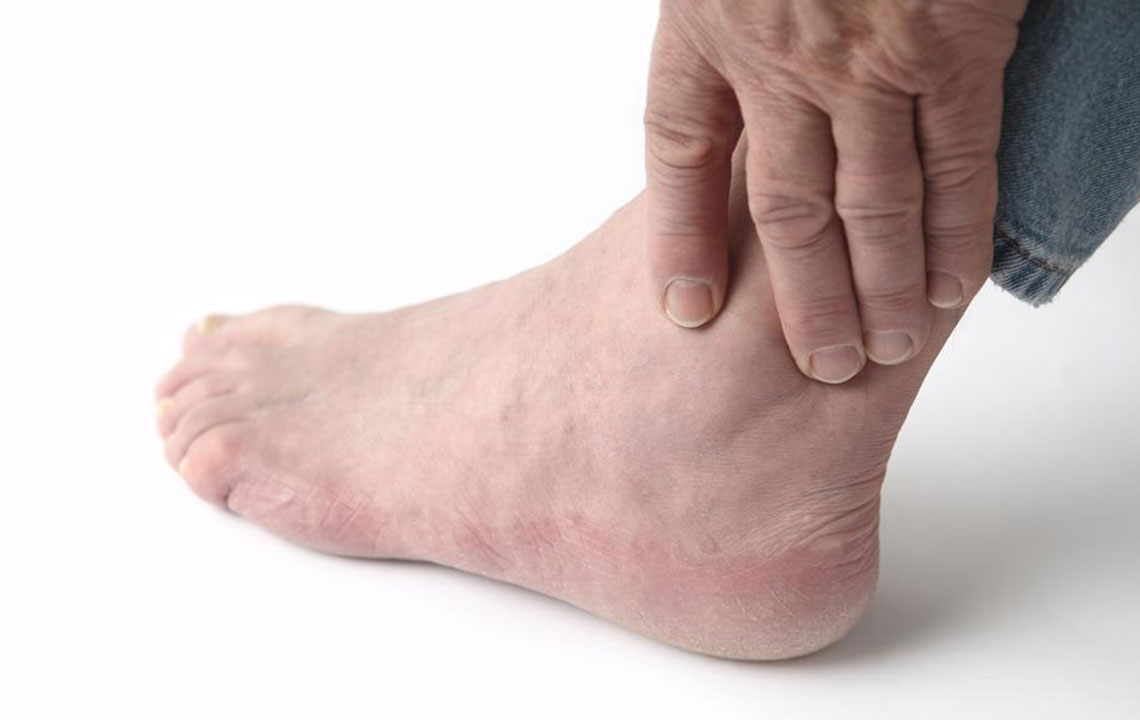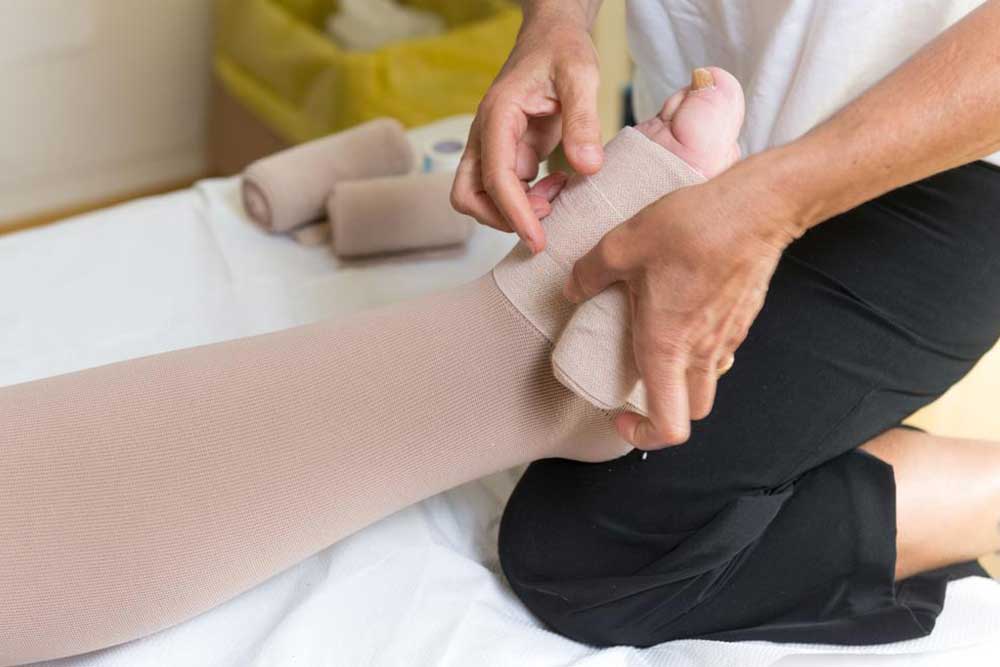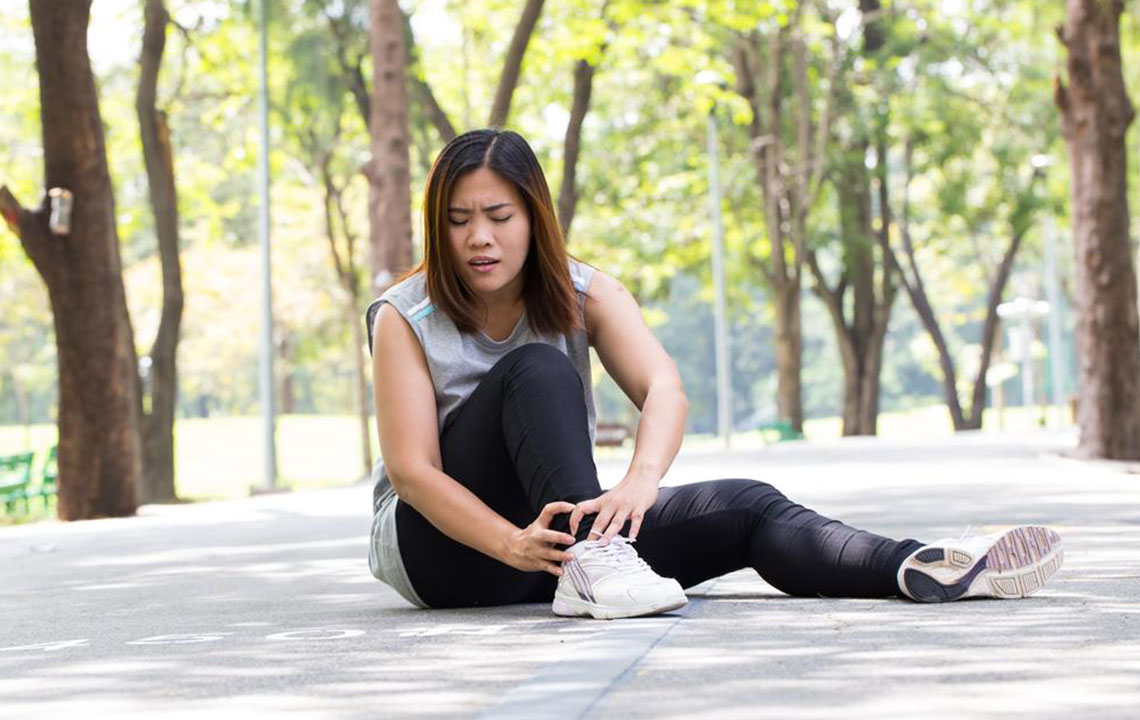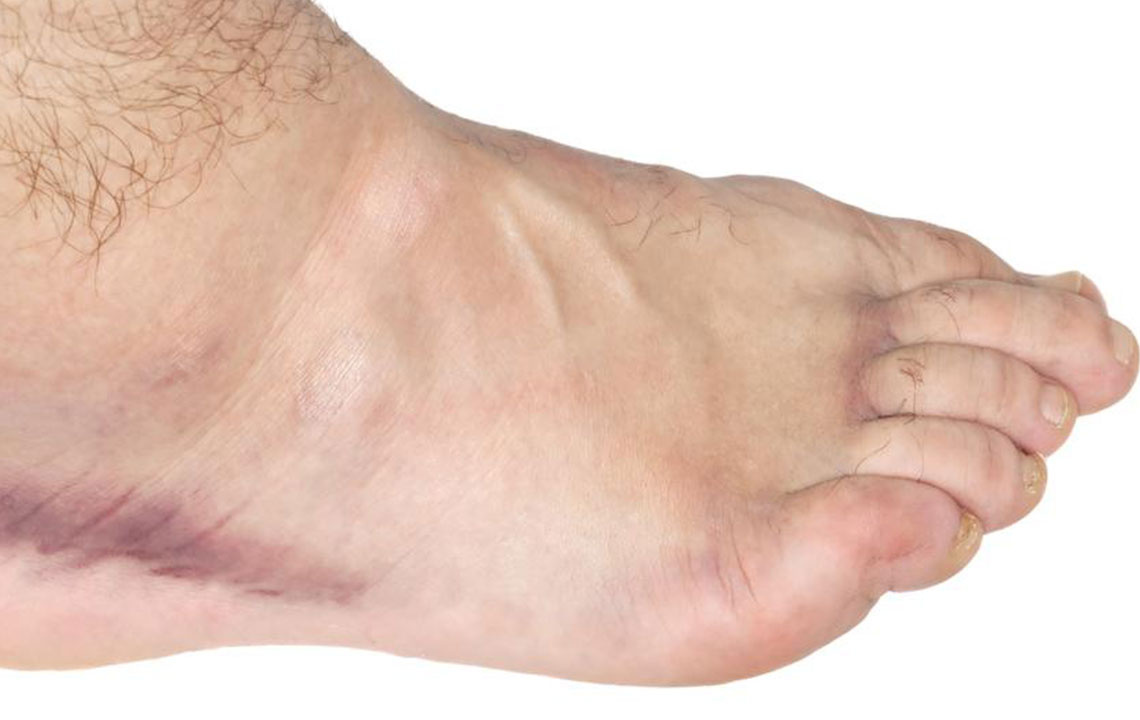Comprehensive Approaches to Alleviating Swollen Ankles and Improving Lower Limb Health
Swollen ankles, known as Peripheral Edema, are often caused by prolonged sitting, standing, or underlying health issues. Effective management includes lifestyle adjustments such as elevating legs, exercising, and wearing compression stockings. Persistent cases should be evaluated by healthcare professionals to diagnose root causes like circulatory problems or medication side effects, ensuring timely treatment and preventing complications. This comprehensive guide emphasizes natural remedies, healthy habits, and medical intervention to maintain optimal lower limb health and reduce swelling.
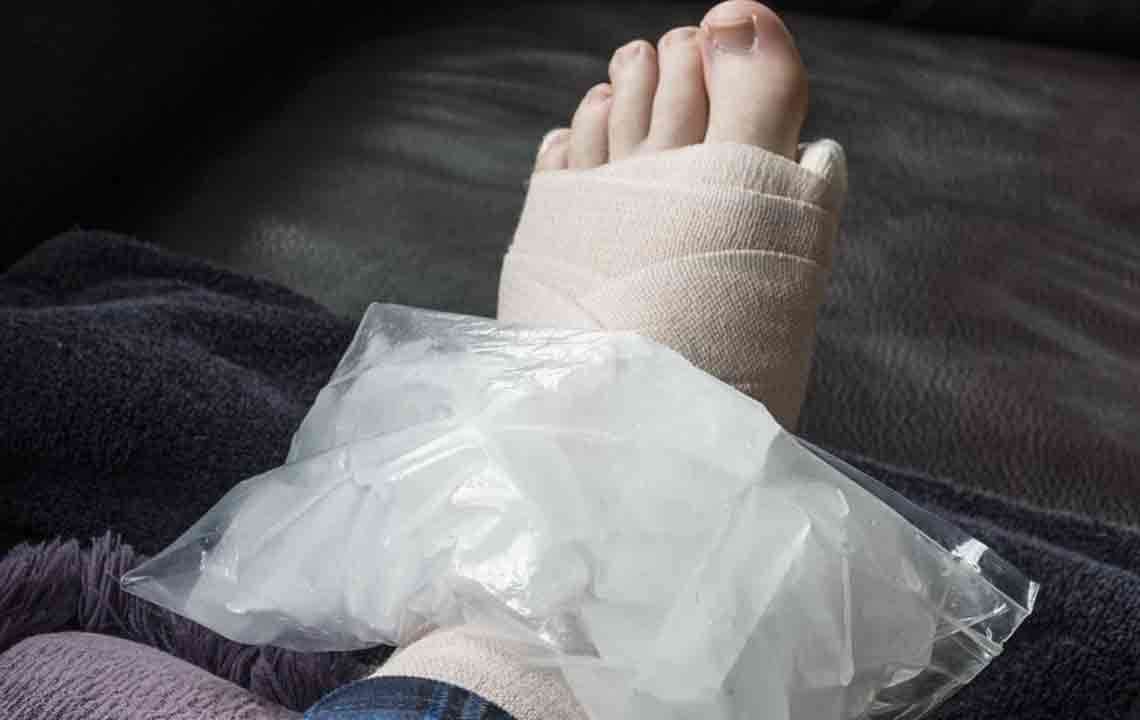
Comprehensive Approaches to Alleviating Swollen Ankles and Improving Lower Limb Health
Swollen ankles, medically known as Peripheral Edema, are a common condition affecting many individuals worldwide. This condition occurs when excess fluid accumulates in the tissues of the lower limbs, leading to noticeable swelling. While in many cases, swollen ankles are minor and temporary, persistent or severe swelling can indicate underlying health issues that require prompt attention.
Numerous factors can contribute to ankle swelling. Often, lifestyle habits such as prolonged periods of sitting or standing, especially in sedentary jobs like desk work or retail, can cause fluid to pool in the lower extremities. Physically demanding work or heavy physical activity can also lead to swelling due to muscle fatigue or injury. Other causes include weight gain, poor posture, certain medications, hormonal changes, injury, or circulatory problems like deep vein thrombosis or venous insufficiency. Understanding these underlying factors is essential to managing and preventing swelling effectively.
Effective management begins with lifestyle modifications. Elevating the legs above heart level when resting helps promote fluid drainage. Regular exercise, including walking or calf muscle strengthening activities, improves circulation and prevents fluid buildup. Using compression stockings can provide external pressure to support venous return. Reducing salt intake diminishes water retention, while natural remedies like warm baths, massage therapy, and staying well-hydrated can alleviate symptoms naturally.
Despite these measures, persistent swelling warrants medical evaluation. Healthcare professionals can diagnose the root cause through physical examinations, blood tests, or imaging studies. Treatment plans may involve medications for circulatory conditions, adjustments to current medications, or addressing specific health issues such as heart, kidney, or liver diseases. It is crucial to address swelling early to prevent complications, including skin infections, ulcers, or more severe circulatory problems.
In conclusion, swollen ankles are a common problem affected by numerous lifestyle and health factors. A combination of lifestyle changes, natural remedies, and professional medical care can significantly reduce swelling and improve overall lower limb health. Maintaining a healthy weight, staying active, and seeking timely medical advice are essential steps in managing and preventing ankle swelling effectively.
